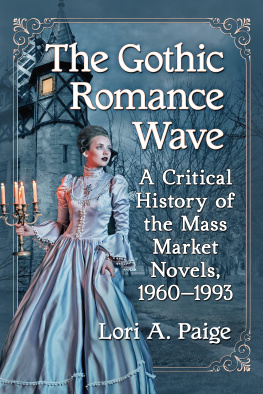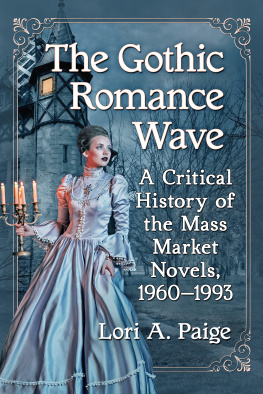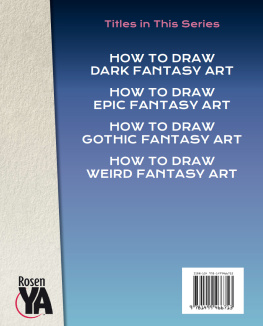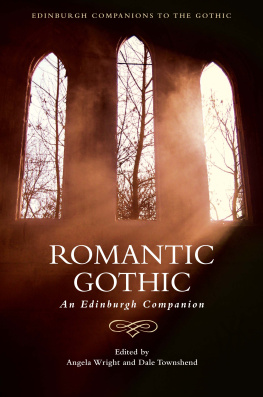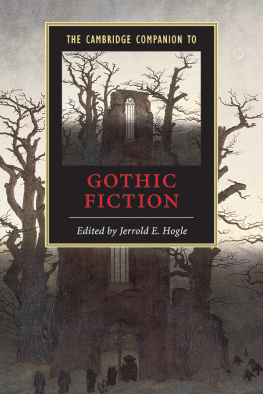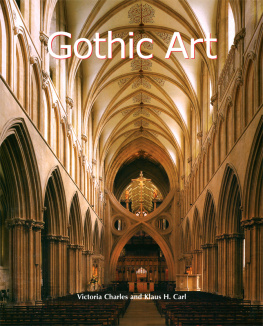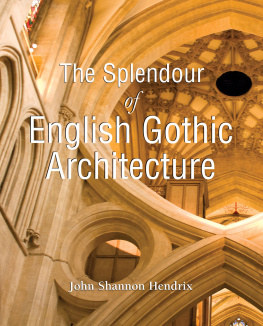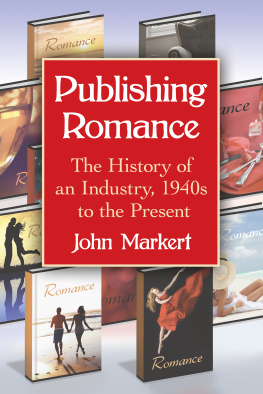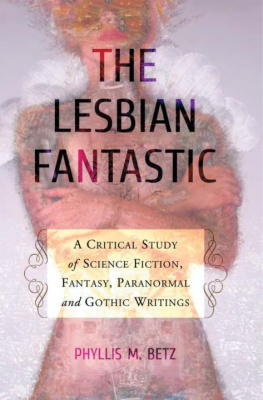
The Gothic Romance Wave
A Critical History of the Mass Market Novels, 19601993
LORI A. PAIGE

McFarland & Company, Inc., Publishers
Jefferson, North Carolina
LIBRARY OF CONGRESS CATALOGUING DATA ARE AVAILABLE
BRITISH LIBRARY CATALOGUING DATA ARE AVAILABLE
e-ISBN: 978-1-4766-3417-3
2018 Lori A. Paige. All rights reserved
No part of this book may be reproduced or transmitted in any form or by any means, electronic or mechanical, including photocopying or recording, or by any information storage and retrieval system, without permission in writing from the publisher.
Front cover image 2018 miss_j/Grape_vein/iStock
McFarland & Company, Inc., Publishers
Box 611, Jefferson, North Carolina 28640
www.mcfarlandpub.com
Acknowledgments
I would like to extend sincere thanks and appreciation to Dean Susanne Swanker and American International College for granting me a sabbatical in the fall of 2015 to pursue my gothic dreams unfettered. This work could not exist without the assistance of my friends and colleagues in the English Department and on the third floor of Lee Hall. I would also like to thank Julie Bodnar in the AIC Writing Center for her assistance and Rachael Salyer, who shared my passion for dog-eared gothics and offered many useful suggestions during the course of this project.
Preface
Swirling fog surrounds the young woman as she makes her way along the threadlike path that leads to the tall iron gates that rise toward the inky sky, their angry spikes silhouetted against an eerie full moon.
Despite her shocked protests and desperate entreaties, her hired driver has refused to take her any farther, so she must struggle over the treacherous path while dragging her cases and trying not to slip on the loose gravel. On either side of her, forlorn marshland and fetid bog stretch off into the distance, threatening injury or even death to those who blunder into their menacing clutches.
Despite several close calls in the obfuscating mist and a mishap that nearly results in a sprained ankle, she arrives at her goal: the imposing door of the ancestral manor house. Above her, eerily glowing windows peer down on her like rows of malevolent eyes. From somewhere in the distance, a macabre laugh reaches her ears. She shivers and reassures herself that it is only a nightbird.
Hesitantly she knocks. Why did no one come to meet her at the station? The various letters she received confirmed that they were expecting her. Then again, she has never met any of the writers of those letters. Could there have been some mistake? If so, how will she ever get back to town? How will she survive a night in this bleak, remote wilderness?
At last, the heavy door swings open with a groan. At the threshold stands a beady-eyed older woman who introduces herself as the housekeeper and is plainly not pleased to see her. Nonetheless, she motions the visitor inside and conducts her to a gloomy, high-ceilinged sitting room that fills her with nervous dread. If only she could live the last few days over again, she thinks, she would never have come to this frightening place.
As she is wondering whether she should grab her cases and flee, the door opens again and a tall, elegantly dressed man enters. This is the master of the house, the person she has come to see. Dark, imposing, and almost impossibly handsome, he surveys her trembling form with vaguely disapproving eyes and sarcastically welcomes her to the house. He apologizes for not sending a servant to meet her, but things at the manor have been running less than smoothly since the accidents beganbut the less said about that, and the unfortunate death that resulted, the better. He is nevertheless pleased that she has arrived safely. His words are edged with sardonic laughter as he hopes she will prove strong enough not to flee, like so many others have done before her.
Conflicting emotions riot through her during his unnerving speech. Oddly, she both fears and finds herself attracted to this odd man. She knows the next few weeks in this house will call upon every ounce of courage she possesses. At the same time, she senses that something life-changing awaits if only she can survive in this strange place, with these even stranger people, long enough to seize her destiny.
The passage above represents a gentle pastiche, perhaps shading into affectionate parody, of the typical mass market gothic romance of the 1960s and early 1970s. Fans of the genre will instantly recognize all the standard elements: nave but hopeful ingnue, foreboding atmosphere complete with gloomy, crumbling manor house or castle, charismatic but intimidating aristocrat hero. The story might be set in the Victorian period, the swinging 60s, or the newly permissive 70s. Faithful readers, of which there were many, eagerly revisited the familiar story of the disenfranchised heroine escaping all manner of domestic perils while she staked her claim to both the house and its master.
Today, when the mass market gothic romance is remembered at all, it is usually as a source of nostalgia, much like a purple lava lamp or a favorite pair of faded bell bottoms. These quaint yellowed paperbacks, without exception featuring a willowy young woman fleeing from a sinister house while a single light glows in an upper window, prompt reactions ranging from wry amusement to outright condescension. Yet, in its heyday, the genre blazed a path of amazing commercial success. Modern readers may snicker at the apparent sameness of the themes, titles, and artwork, but these very elements likely contributed to the genres high sales. Because Gothic romance covers were easy to pick out, as Jennifer McKnight-Trontz notes in her study of romance novel covers from the 1940s through the 1980s, consumers in search of a particular type of story had no difficulty locating and identifying their preferred reading material. Soon gothics became widely available in the grocery and department stores where their target audienceoverwhelmingly femaletended to shop. As a result, women purchased these inexpensive books steadily and in large quantities. [B]y the later 1960s works of top Gothic authors outsold the works of equivalent writers in all other categories of paperback fiction, including mysteries, science fiction, and Westerns, writes McKnight-Trontz.
Curiously, while the mass market gothic romance has attracted little critical attention, the last half-century has brought newfound respect for and renewed interest in the original gothic novel, now acknowledged as the predecessor of all modern romance, mystery, and horror novels. The 18th-century Gothic novel, also immensely popular in its day, is routinely invoked in a variety of genre and canon studies, since it is impossible to discuss the rise of modern fiction (not to mention modern literary feminism) without referring to it in some capacity. In general, such studies focus on a few of the better-known examples of the traditional late 18th- and early 19th-century Gothic, such as Horace Walpoles seminal Castle of Otranto, Matthew Lewis shocker The Monk, and Ann Radcliffes masterpiece, The Mysteries of Udolpho (best known as the inspiration for the young Jane Austens Gothic parody Northanger Abbey). The greatest critical respect has been reserved for Victorian examples such as
Next page
